In the annals of history, it is not uncommon for the contributions of one partner in a creative duo to overshadow those of the other. Such is the case with Elizabeth Gould (1804-1840), an artist whose extensive contributions to ornithology and natural history are often eclipsed by her husband, John Gould’s work. Despite a life cut short, Elizabeth Gould managed to illustrate over 600 different bird species, many of which had not been previously documented. These illustrations not only made significant strides in the scientific understanding of bird species but also complemented the work of her husband, adding depth to the field of ornithology.
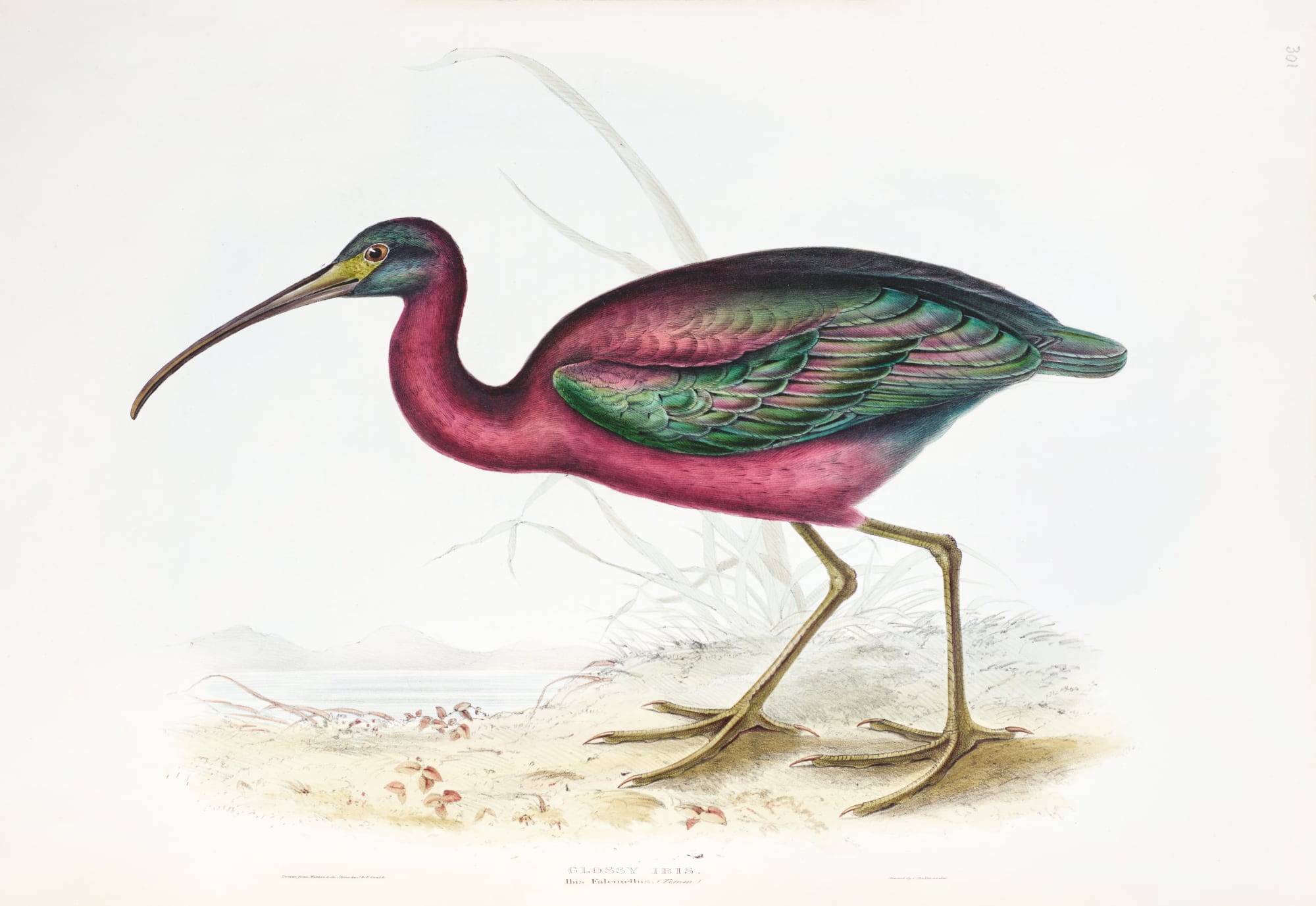
Elizabeth Gould’s Life and Work
Elizabeth Gould was born in 1804 and lived until 1840. Her relatively short lifespan didn’t hinder her from making substantial contributions to natural history, particularly in the area of ornithology. Her illustrations helped to depict and document various species of birds, contributing to an expanded understanding of biodiversity within this scientific domain. Through her artistic skills, she managed to record more than 600 avian species, many of which were previously unidentified.
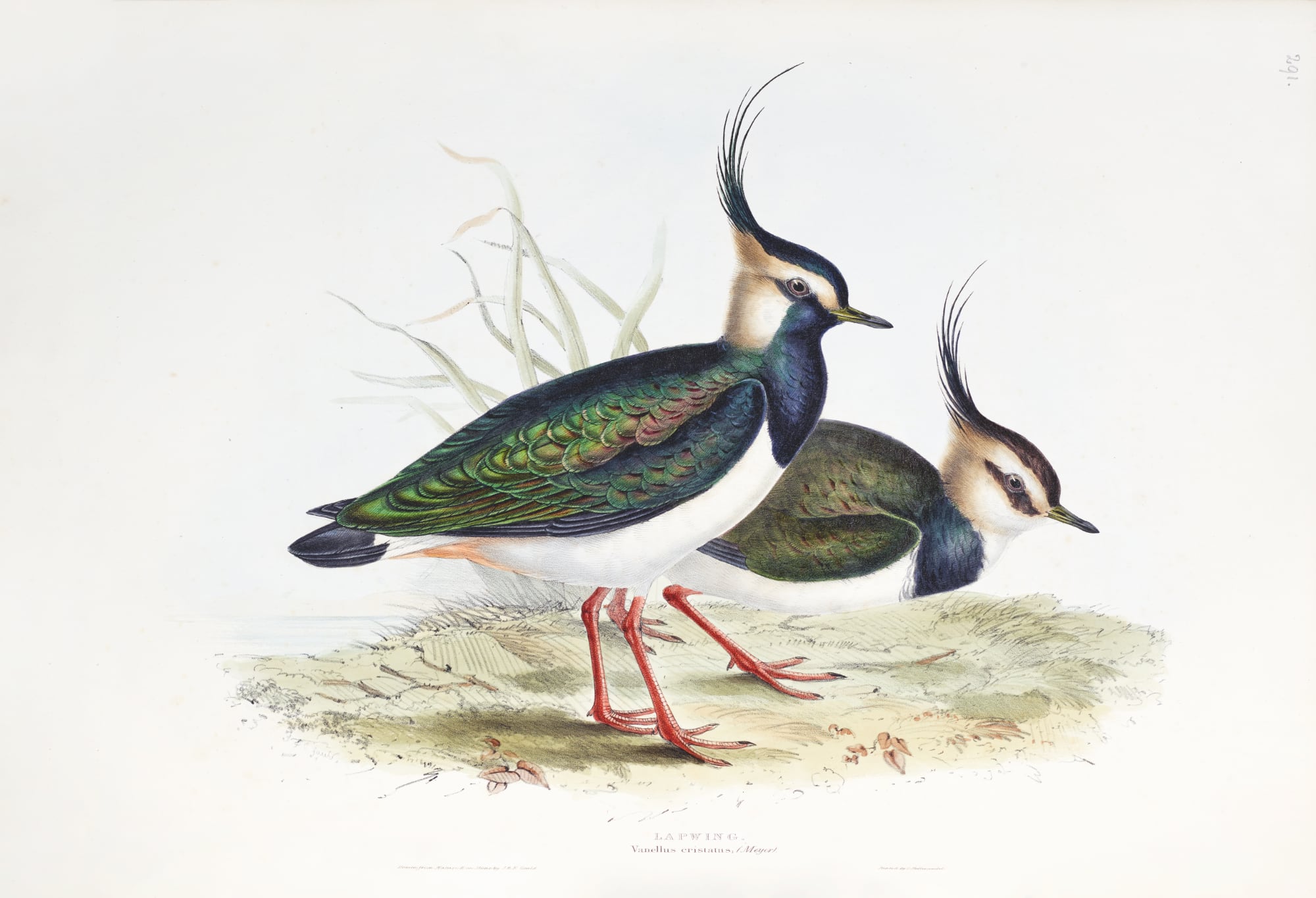
Illustrations and Impact
Her illustrations played a pivotal role in advancing the field of natural history, complementing the studies carried out by her husband, John Gould. The illustrations were not just artistic renditions but scientific documents that helped in conveying the intricacies of avian species. These works of art have a lasting impact, as they helped the scientific community, as well as the general public, understand the diversity within the realm of ornithology.
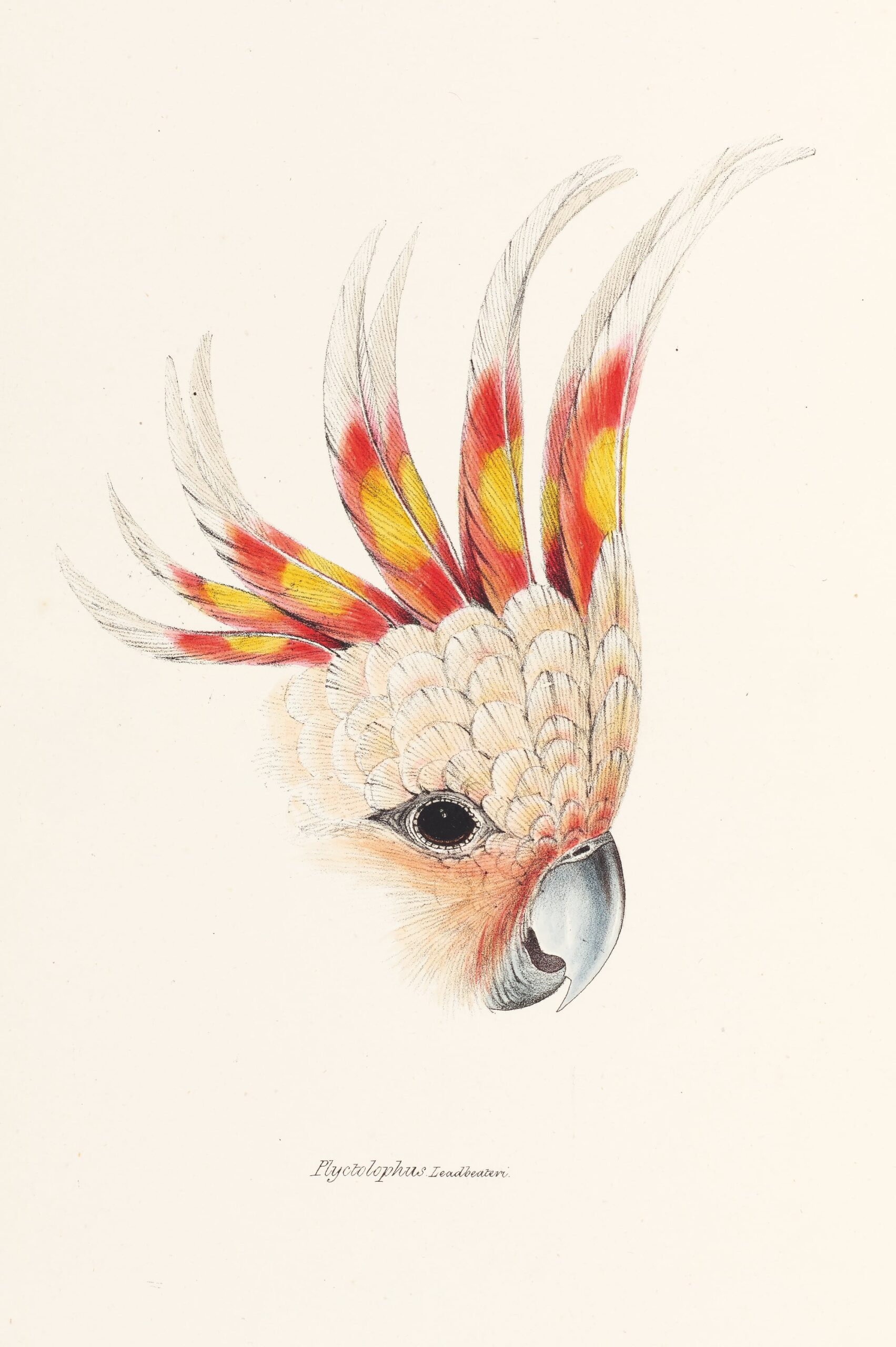
Legacy Through Literature
A portion of her monumental work has now been compiled into a book that celebrates both her life and her contributions to science. The book, titled “Birds of the World: The Art of Elizabeth Gould,” comprises 248 pages and features 220 of Gould’s illustrations in full color. These illustrations range from various species like the speckled vulturine guineafowl to the chromatic crimson rosella and the slender-beaked glossy ibis.
The book is authored by Andrea Hart, the special collections manager at London’s Natural History Museum, and Ann Datta, the zoology librarian at the same institution. This volume is unique in that it contains several works that have not been previously published and organizes these illustrations according to the five continents where these bird species are found.

Significance of the Compilation
The compilation, which has been published by Prestel, serves as a tribute to Elizabeth Gould’s far-reaching influence on the field of ornithology. It’s an acknowledgment that her work was instrumental in shaping our understanding of bird species across the globe. By bringing together a substantial number of her illustrations, the book allows for a more comprehensive view of her contributions to natural history and science.
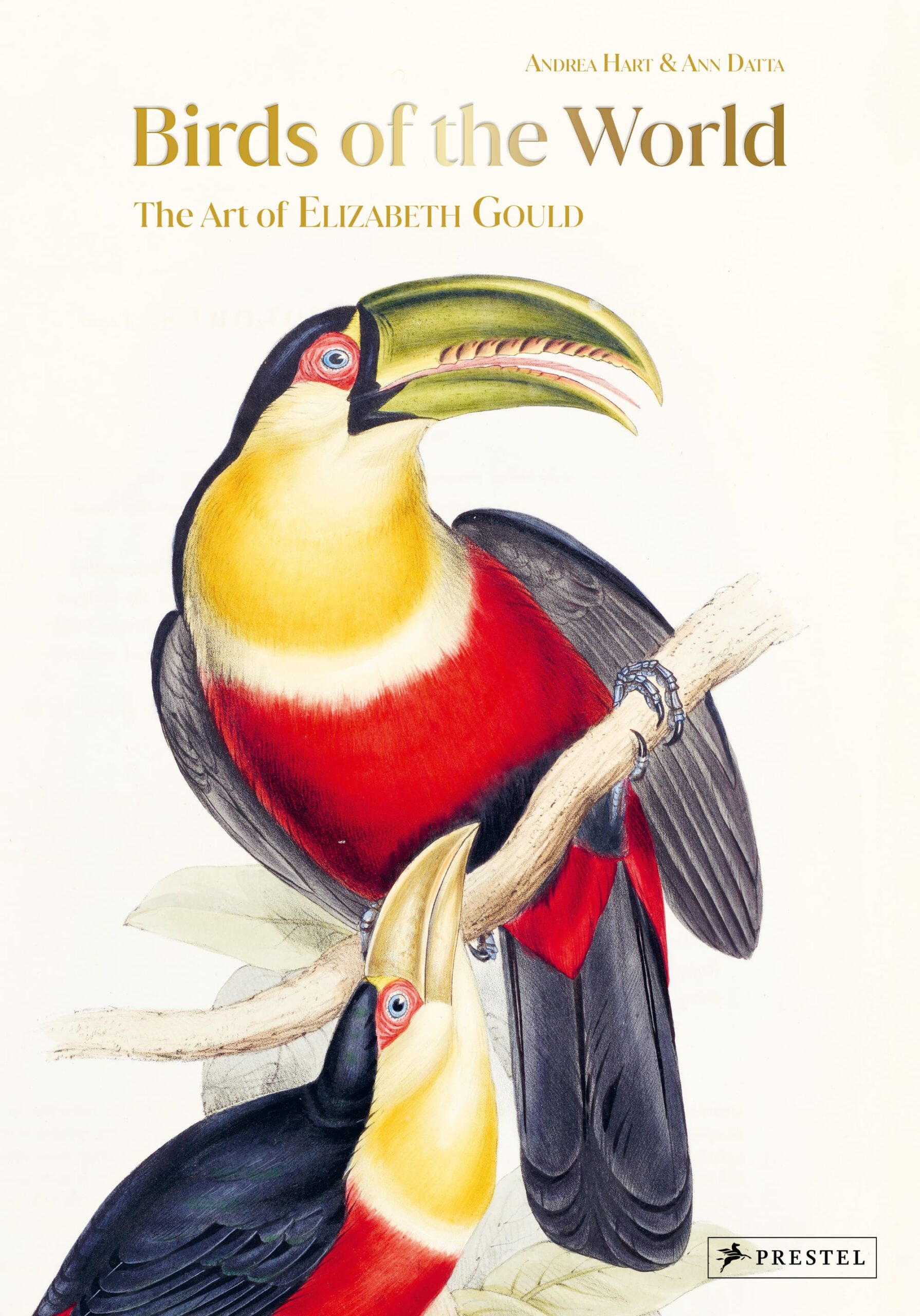
Scheduled Release
This tribute book is slated for a fall release and can be pre-ordered on Bookshop. Given its historical and scientific importance, it serves as a valuable resource for both researchers and enthusiasts in the field of ornithology and natural history.
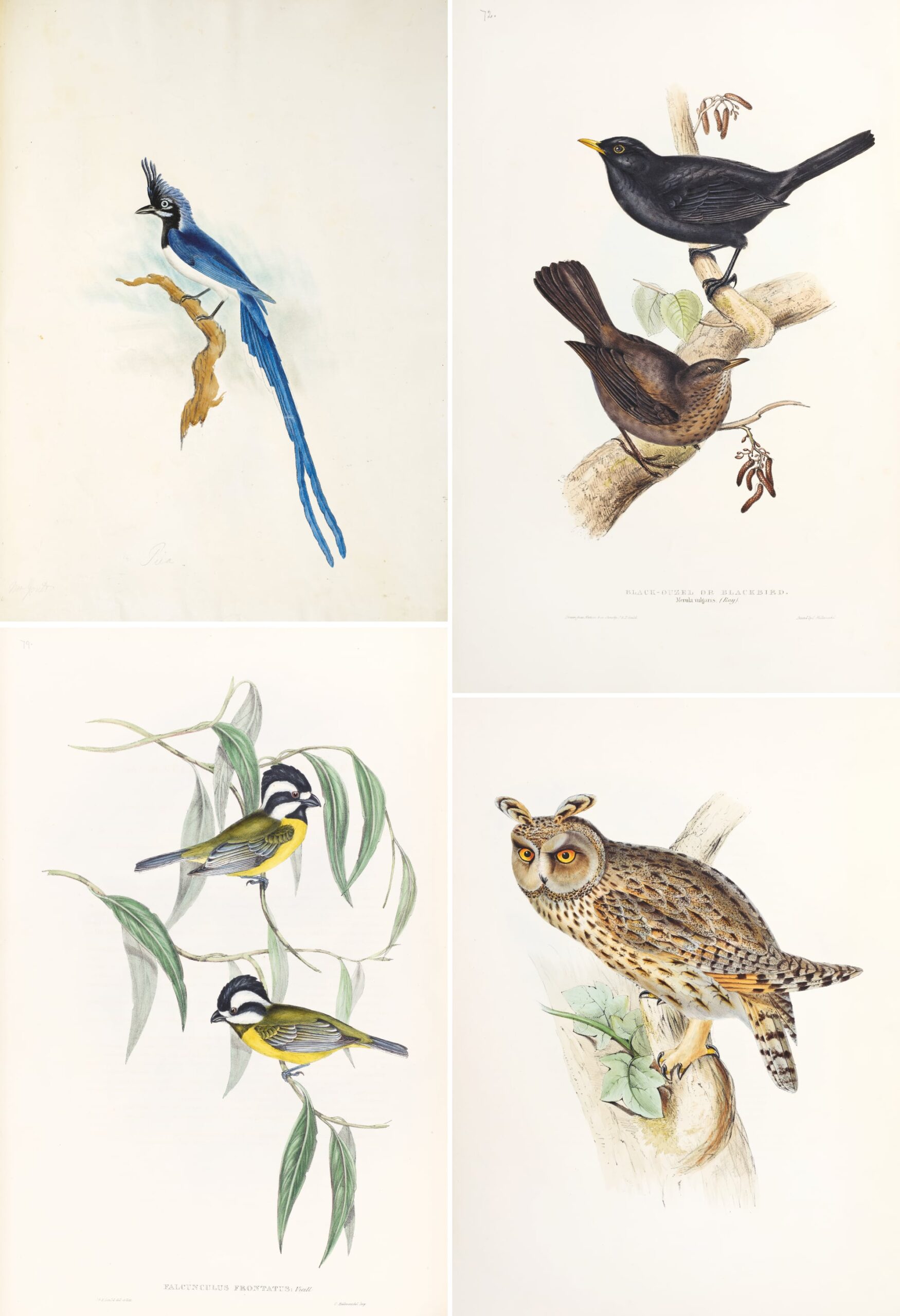
Elizabeth Gould’s legacy holds special significance in the context of a time when women’s contributions to science were often marginalized or not acknowledged. Her work is now regarded as a cornerstone in the field of ornithological illustrations. Also, the use of lithography in her illustrations was a pioneering step during her time. Lithography, invented in 1796, was a relatively new art form during Elizabeth’s lifetime and her adaptation of this technique for scientific illustrations added another dimension to its applicability.
Conclusion
In sum, Elizabeth Gould’s contributions to ornithology and natural history are nothing short of groundbreaking. Her work has had a lasting impact that transcends her lifetime and continues to be studied and admired today. The compilation of her work in “Birds of the World: The Art of Elizabeth Gould” serves as an enduring testament to her skill and contribution to the field. With the impending fall release of this monumental book, a broader audience will now have access to the breadth and depth of her work, underlining her indelible influence on the scientific community.
By expanding the horizons of our understanding of avian species, Elizabeth Gould has etched her name in the annals of natural history and science. While her life was short, her impact is everlasting, and her legacy is now immortalized in a book that serves as a comprehensive archive of her life’s work.
